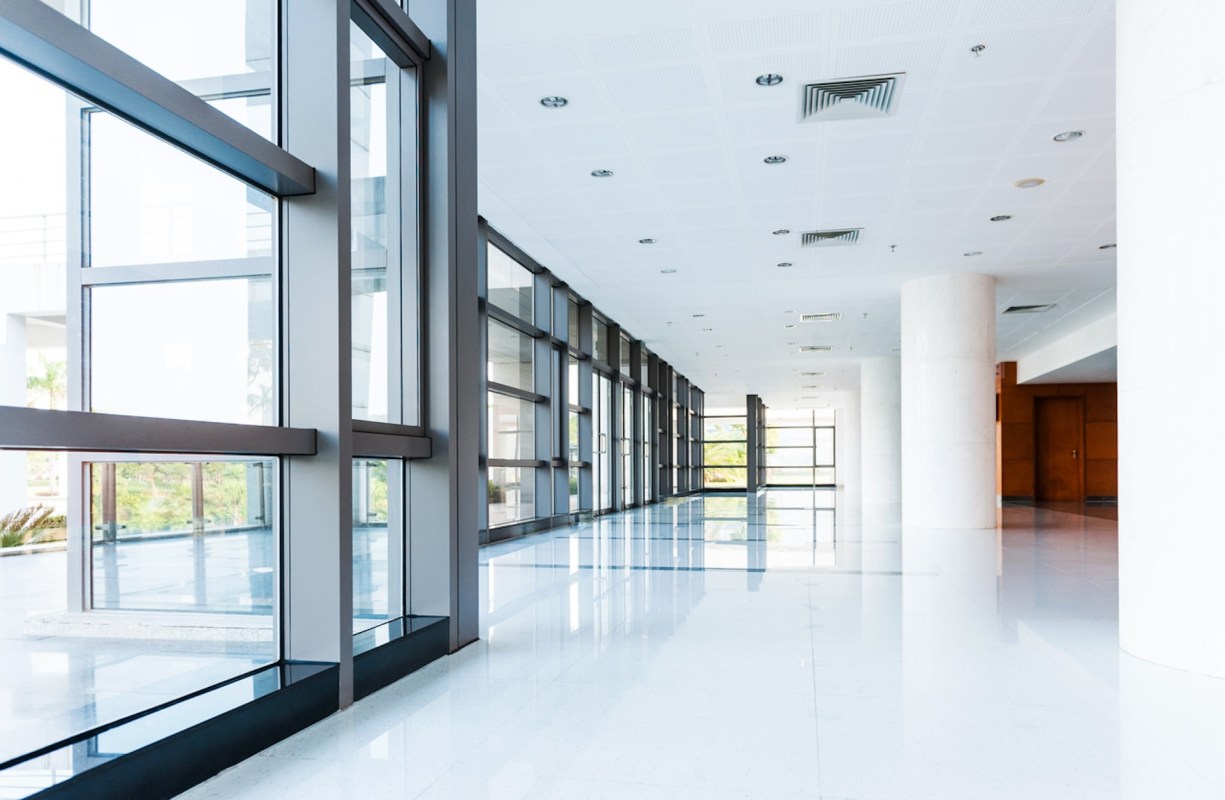Unused office buildings in the United States' federal portfolio are increasingly under the spotlight, with lawmakers saying the continued maintenance of these properties is fiscally irresponsible and detrimental to the environment.
Now, senators from both the Democratic and Republican parties are calling for action to be taken to address the issue.
What is happening?
As SmartCitiesDive detailed, over 360 million square feet of space is taken up by around 8,000 federal buildings in the U.S.
However, citing data from a Government Accountability Office report, 17 of 24 agencies use only about 25% of headquarters space.
With a rise in remote working and shifting work practices, the need for office space is declining, leading to more vacant properties that still need upkeep, which can be a drain on energy resources.
Why is this so concerning?
Senator Tom Carper, a Democrat representing Delaware, said the report's findings are "alarming" and said it is "not a sustainable or fiscally responsible way to manage our federal real estate," per SmartCitiesDive.
Meanwhile, Republican Senator Shelley Moore Capito, who represents West Virginia, bemoaned the burden placed on citizens for the maintenance of these properties despite the fact they aren't in use.
"Each year, it costs billions of taxpayer dollars to operate and maintain these federal buildings, regardless of their utilization. This is simply unacceptable," she said.
Notably, Capito and Carper observed that the heating and cooling of these buildings for the sake of longevity is creating unnecessary pollution because of the power needed to do so.
According to the National Renewable Energy Laboratory (NREL), commercial buildings generate 16% of all carbon dioxide pollution in the United States.
What can be done to reduce federal property space?
According to SmartCitiesDive, Carper has pointed to General Services Administration reports that say expiring leases on properties in 2027 and space consolidation efforts from the Department of Homeland Security could reduce federal property responsibility by 1.2 million square feet, which could save taxpayers $1.3 billion over the next three decades.
Capito added that providing "better benchmarks regarding space and an understanding of what full utilization is would help" to reduce the amount of wasted federal property.
Meanwhile, the NREL recommends using on-site energy generation and storage systems to reduce energy-related pollution from commercial properties.
Solar and geothermal power, wind energy, and hydrogen fuel cells are just some of the technologies that can provide a low-carbon alternative to dirty fuel sources.
Join our free newsletter for cool news and actionable info that makes it easy to help yourself while helping the planet.









